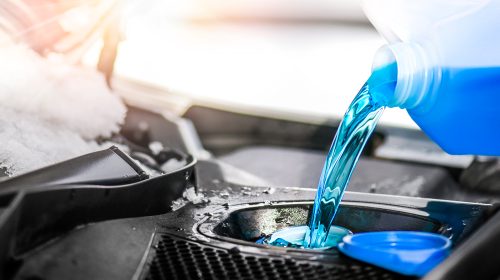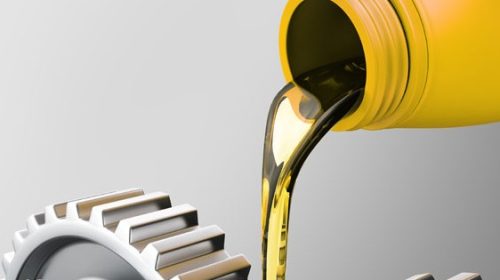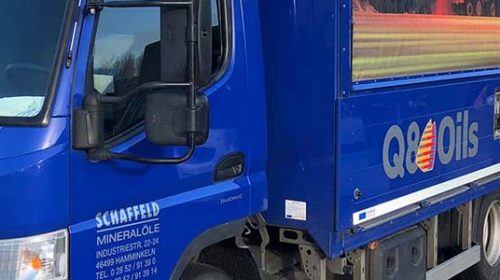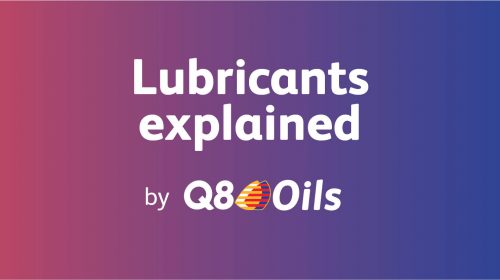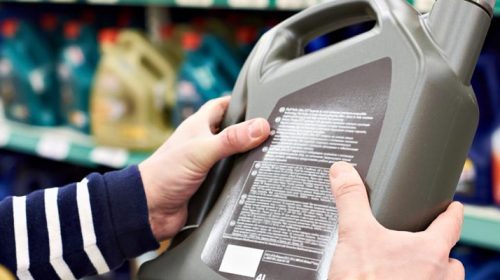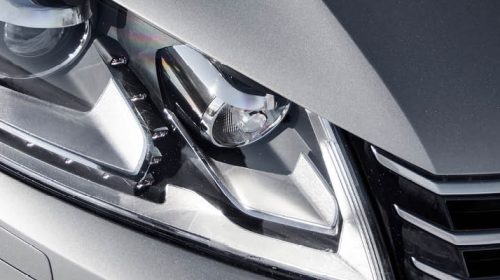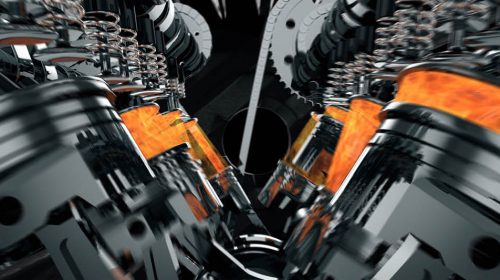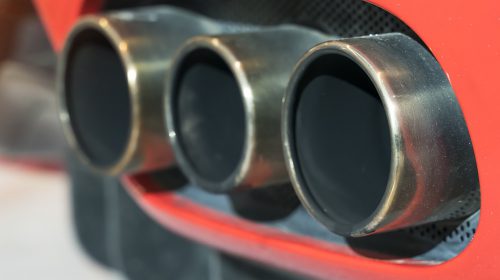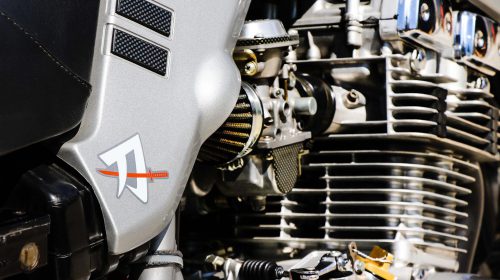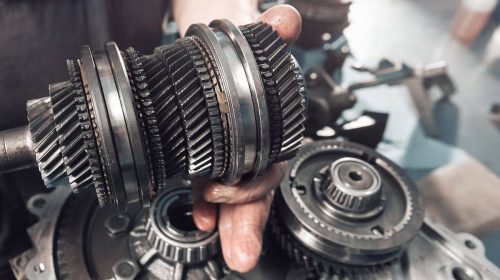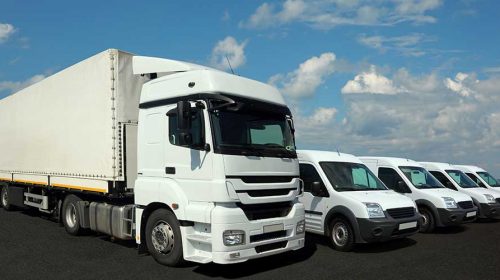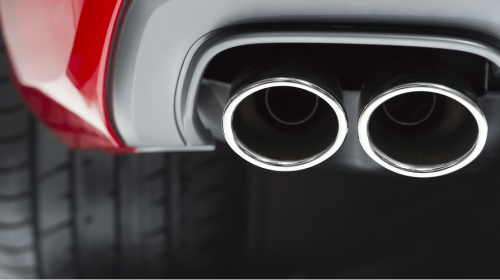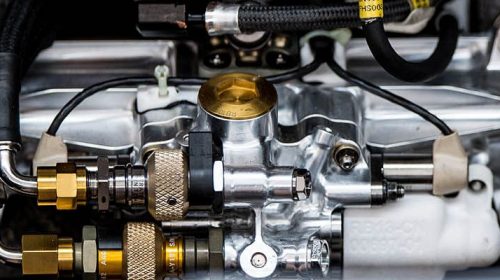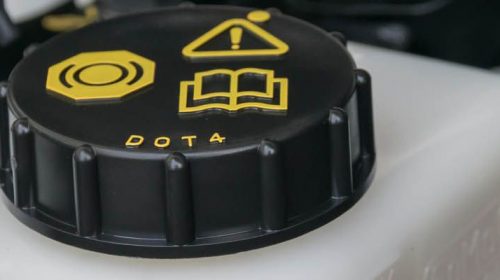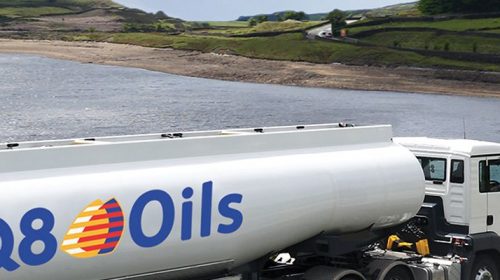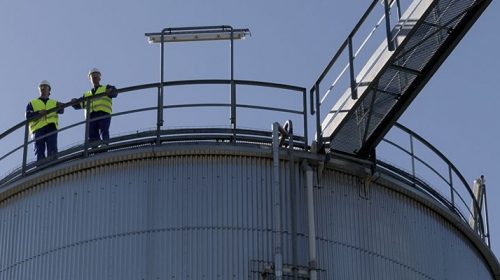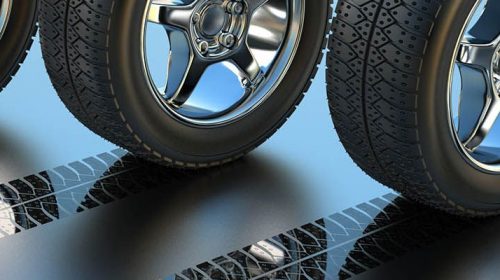New ACEA 2022 specifications support modern engine performance
On the 1st of May 2022, the European Automobile Association ACEA has released the new 2022 ACEA Heavy Duty Oil Sequences. These specifications define the required performance characteristics of engine oils in terms of their ability to protect against engine wear, deposit formation, corrosion, and oil degradation. The specific requirements vary depending on the type of engine oil being tested, as well as the type of engine and operating conditions.
The update brings a number of changes compared to the ACEA 2016 specifications with new oil categories and new engine test hardware.
ACEA E8 replaces ACEA E6
The new ACEA E8 category brings an increased focus to enhanced piston cleanliness, with the introduction of Daimler’s new OM471 engine test hardware, which replaces the OM 501LA. The adoption of the OM 471 engine involves a significant increase in performance in order to meet the requirements for longer oil change intervals. The testing of the new OM 471 engine sets a new industry standard in terms of the intensity and duration of the testing, lasting for a full month. This enhanced cleanliness performance of the pistons is necessary to handle the higher operating temperatures of the latest Euro VI heavy duty engines that use SCR systems, which are mandated by Euro VI NOx emission regulations and involve longer oil drain intervals.
By including established ASTM engine tests developed for API CK-4, it also introduces specifications for oxidation and aeration performance.
New E7 sub-category: Cat 1N
The ACEA E7 category of engine oils, which is intended for use in high-speed, four-stroke diesel engines with exhaust gas recirculation (EGR), has been modified to include a new sub-category known as E7-2022. This sub-category has more stringent performance requirements than the E7-2016 category it replaces.
Cat 1N has been adopted to replace the OM 501LA for the ACEA E7-2022 category of engine oils, which are intended for use in high-speed, four-stroke diesel engines with exhaust gas recirculation (EGR). The new OM 471 test is more demanding than the previous test used for the ACEA E7 category of engine oils.
New E11 sub-category: Cat C13
The Cat C13 has been adopted to replace the OM 501LA for the ACEA E11 category of engine oils, which are intended for use in high-speed, four-stroke diesel engines with EGR and aftertreatment devices, such as diesel particulate filters. The new Cat C13 was intended to align with the API CK-4 specification for engine oils that are intended for use in diesel engines with EGR and aftertreatment devices.
ACEA allows grandfathering of OM 501LA
ACEA allows the use of data from the OM 501LA to demonstrate compliance with the ACEA E4-2022, E7-2022, and E11-2022 standards for piston cleanliness performance. This means that engine oils that were previously tested using the OM 501LA test can still be used to demonstrate compliance with the current ACEA standards, even though the OM 501LA has been replaced by the Cat 1N and Cat C13 for the respective categories of engine oils.
Increased test limits for HD diesel engines
The new ACEA 2022 introduces an increase in the severity of the CEC L-104 Biofuel piston cleanliness test for the ACEA E8-2022 and E11-2022 categories of engine oils. This way, the test should more accurately reflect the operating conditions that these engine oils will encounter in real-world use.
The new requirements also specify higher limits for the Mack T-12 engine wear test for the ACEA E8-2022 category of engine oils. The limits have now been raised to the same level as the ACEA E11-2022 category, making the performance requirements for the ACEA E8-2022 category more stringent.
With the new adoptions and limit settings, the 2022 ACEA performance requirements for engine oils intended for use in heavy-duty diesel engines are now more aligned with other industry standards, respectively MB 228.51 (ACEA E8-2022), API CI-4 (ACEA E7-2022) and API CK-4 (ACEA E11-2022).
Conclusion
The new ACEA 2022 specifications represent an update to the previous ACEA 2016 standards, with a focus on enhancing the performance and protection provided by engine oils. These changes are intended to help ensure that engine oils are able to keep pace with the increasing complexity and performance demands of modern engines.








